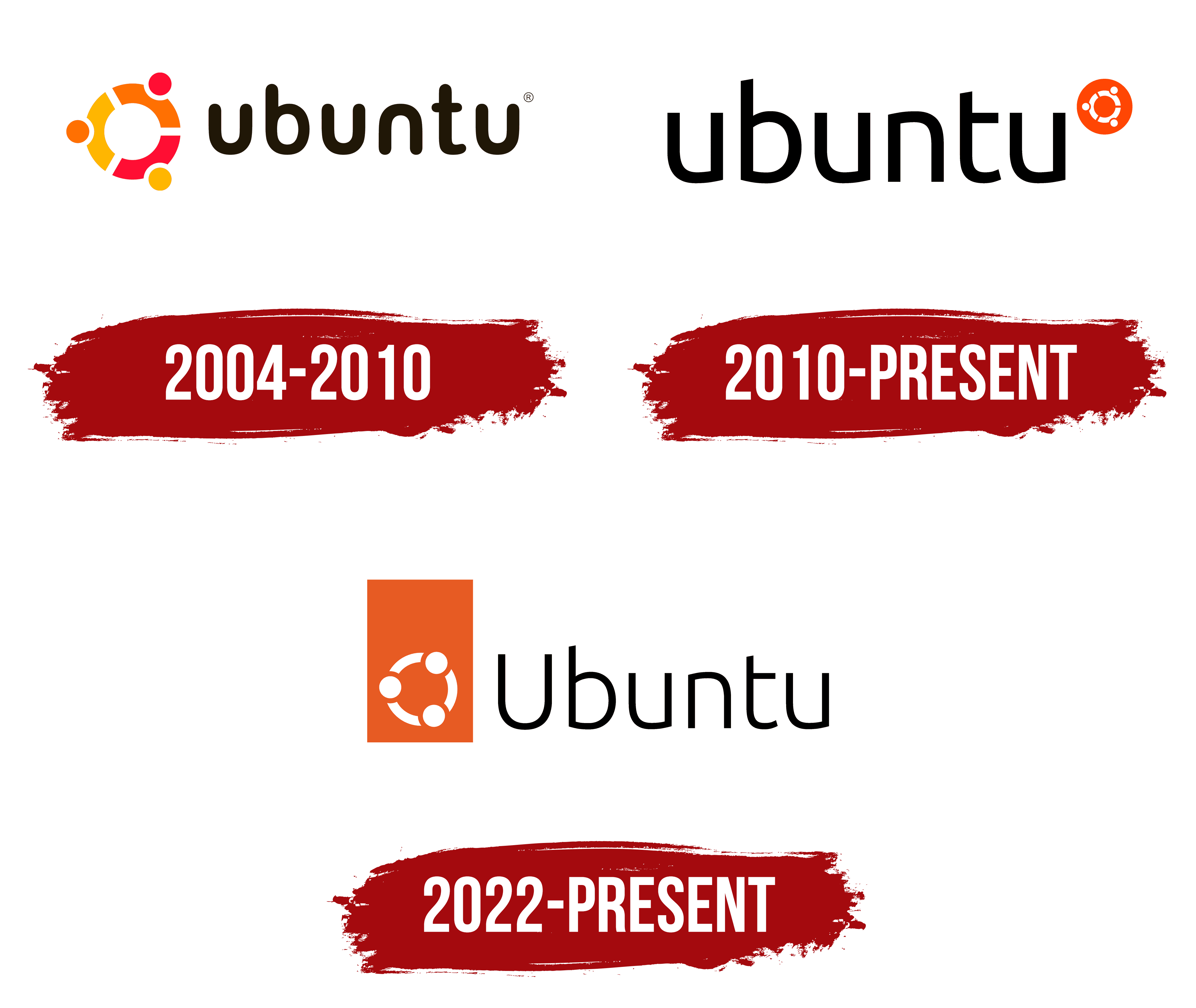Introduction to Ubuntu Linux
Ubuntu Linux is one of the most popular and user-friendly distributions of the Linux operating system. It’s known for its simplicity, ease of use, and strong community support. Whether you’re transitioning from another operating system like Windows or macOS, or diving into the world of Linux for the first time, Ubuntu is an excellent choice for both beginners and experienced users. This article will guide you through the process of installing, configuring, and using Ubuntu, along with providing resources for further help and documentation.
Why Choose Ubuntu?
- User-Friendly: Ubuntu offers a graphical user interface (GUI) that is intuitive and easy to navigate.
- Free and Open-Source: Ubuntu is free to download and use, with a strong emphasis on open-source software.
- Regular Updates: Ubuntu releases regular updates and long-term support (LTS) versions that provide stability and security.
- Large Community: A large and active community means plenty of support, tutorials, and forums for troubleshooting.
Preparing to Install Ubuntu
System Requirements
Before installing Ubuntu, ensure your system meets the minimum requirements:
- Processor: 2 GHz dual-core processor or better.
- Memory: 4 GB RAM (8 GB recommended for optimal performance).
- Storage: 25 GB of free hard drive space.
- Internet Access: For downloading updates and third-party software.
Downloading Ubuntu
- Visit the Ubuntu Website: Go to ubuntu.com and navigate to the download section.
- Choose Your Version: Select the latest LTS version for stability and long-term support.
- Download the ISO File: Click on the download button to get the ISO file.
Creating a Bootable USB Drive
To install Ubuntu, you need to create a bootable USB drive:
- Download Rufus (Windows) or Etcher (Windows, macOS, Linux): These are tools for creating bootable USB drives.
- Insert a USB Drive: Use a USB drive with at least 4 GB of space.
- Create Bootable USB:
- Open Rufus or Etcher.
- Select the downloaded Ubuntu ISO file.
- Choose your USB drive as the target.
- Click “Start” to create the bootable USB.
Installing Ubuntu
Boot from USB
- Restart Your Computer: Insert the bootable USB drive and restart your computer.
- Enter BIOS/UEFI: Access the BIOS/UEFI settings by pressing a key (usually F2, F12, DEL, or ESC) during the boot process.
- Set USB as Boot Device: Change the boot order to prioritize the USB drive.
- Save and Exit: Save the changes and exit the BIOS/UEFI settings.
Installation Process
- Choose “Try Ubuntu” or “Install Ubuntu”: On the welcome screen, select “Install Ubuntu”.
- Language Selection: Choose your preferred language and click “Continue”.
- Keyboard Layout: Select your keyboard layout and click “Continue”.
- Updates and Other Software:
- Choose to download updates while installing.
- Optionally install third-party software for graphics and Wi-Fi hardware.
- Installation Type:
- Erase disk and install Ubuntu: This option will delete everything on your hard drive and install Ubuntu.
- Something else: Allows for custom partitioning (recommended for advanced users).
- Time Zone: Select your time zone and click “Continue”.
- User Information:
- Enter your name.
- Choose a username.
- Set a password.
- Optionally enable automatic login.
- Begin Installation: Click “Install Now” and confirm any prompts to start the installation.
Initial Configuration
First Boot
After installation, remove the USB drive and reboot your computer. You will be greeted with the Ubuntu login screen.
Update System
- Open Terminal: Press
Ctrl+Alt+Tto open the terminal. - Update Package Lists: Run
sudo apt update. - Upgrade Installed Packages: Run
sudo apt upgrade.
Install Essential Software
- Software Center: Open the Ubuntu Software Center from the applications menu.
- Install Software: Browse and install essential software like web browsers (Firefox, Chrome), office suites (LibreOffice), media players (VLC), and more.
Basic Usage
The Desktop Environment
Ubuntu uses the GNOME desktop environment, which is simple and efficient. Key components include:
- Activities Overview: Accessed by clicking “Activities” in the top-left corner or pressing the
Superkey (Windows key). - Dash: The dock on the left side for launching and switching between applications.
- Top Bar: Displays system status, notifications, and allows access to system settings.
File Management
- Nautilus File Manager: Access your files and folders using the default file manager.
- Creating and Managing Files: Use right-click context menus to create new files, folders, and perform actions like copying, moving, and deleting.
System Settings
- Access Settings: Click on the top-right corner system menu and select “Settings”.
- Customize Appearance: Change the desktop background, theme, and other appearance settings.
- Manage Users: Add and remove users, set permissions, and configure parental controls.
Getting Help and Documentation
Official Documentation
- Ubuntu Documentation: Access the official documentation at help.ubuntu.com, which provides comprehensive guides and tutorials.
- Ubuntu Wiki: The Ubuntu Wiki contains user-contributed content and is a valuable resource for learning and troubleshooting.
Community Support
- Ask Ubuntu: A question-and-answer site at askubuntu.com where you can ask for help and share knowledge.
- Ubuntu Forums: Join the discussion at ubuntuforums.org, a community-driven forum with sections for different levels of users.
- IRC Channels: Connect with the Ubuntu community in real-time on IRC channels like
#ubuntuon the Freenode network.
Learning Resources
- Ubuntu Tutorials: The Ubuntu Tutorials page offers step-by-step guides on various topics.
- YouTube Channels: Follow channels like “Ubuntu OnAir” and “The Linux Foundation” for video tutorials and updates.
- Books: Consider reading books like “The Ubuntu Beginner’s Guide” by Jonathan Moeller for in-depth knowledge.
Conclusion
Starting with Ubuntu Linux can be a rewarding experience, offering a robust and secure operating system for everyday use. This guide covered the essential steps from downloading and installing Ubuntu, to configuring and using it effectively. With the wealth of resources available online, you can quickly become proficient in using Ubuntu and exploring its vast capabilities. Happy computing!

